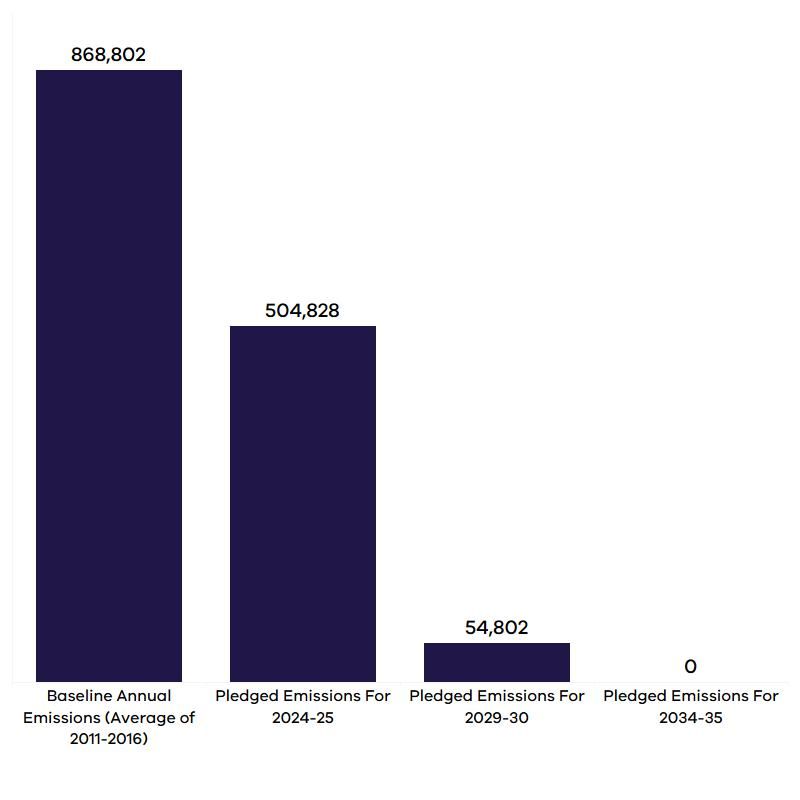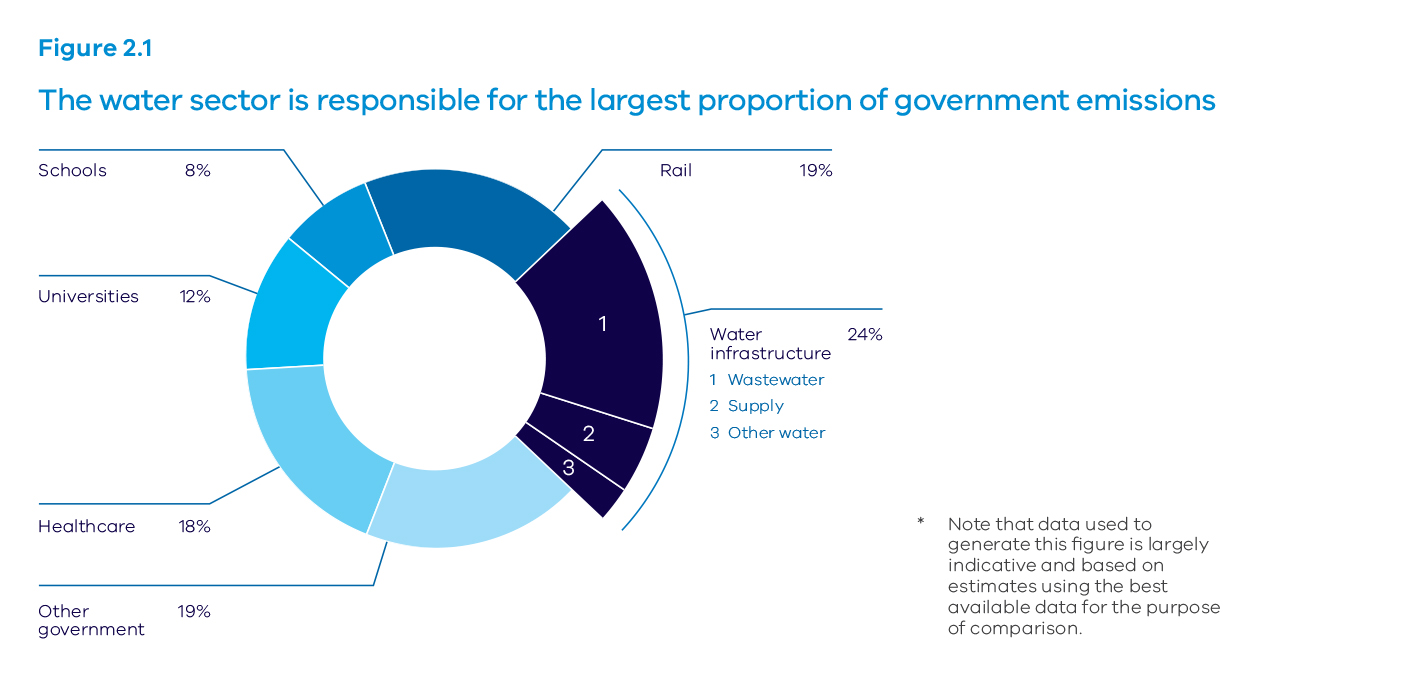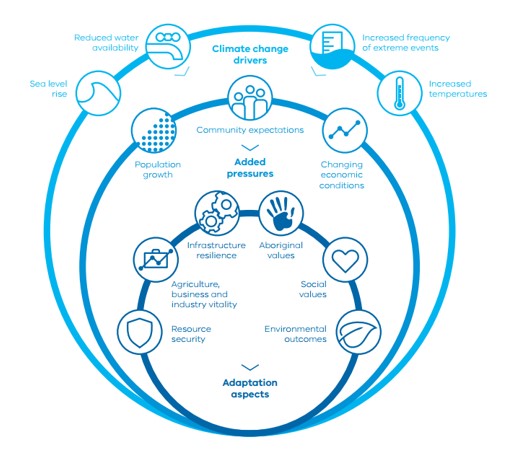On this page:
Victoria’s water sector, including water corporations, are committed to:
- being leaders on climate change action
- reducing greenhouse gas emissions to net-zero by 2035
- adapting to climate change impacts
- investing in best practice climate science
- ensuring the sector can make good decisions as the climate continues to change.
You can learn more about how Victoria's water sector is taking action in the Five-year Water Cycle Adaptation Action Plan 2022-2026 and the Statement of Obligations (Emission reduction).
Water corporations are investing in new projects to:
- improve energy efficiency
- use more renewable electricity
- switch to low or zero emissions vehicles
- produce clean energy from waste.
These projects result in:
- job creation
- reduction in water corporation's electricity and operating costs
- helping to protect our environment.
Each water corporation is different. That is why each water corporation has its own emissions reduction targets.
You can find your water corporation’s emissions reduction targets in the Statement of Obligations (Emission Reduction).
Statement of Obligations (Emission Reduction)
You will also find more information on water corporations emission reduction projects on their websites and in their annual reports.
Strong action to adapt to the impacts of climate change
The water sector is committed to being a climate action leader. Adapting to climate change impacts, so that it can continue to provide reliable water services for all Victorians.
Pilot Water Sector Adaptation Action Plan (2018-2022)
Under the Pilot Water Sector adaptation Action Plan, the water sector completed 20 projects. Further strengthening the sector's ability to adapt to climate change. New resources were developed to help the water sector make informed decisions on how to deliver reliable water services under a changing climate.
The Water Cycle System Adaptation Action Plan (2022-2026)
The Water Cycle System Adaptation Action Plan builds on the success of the pilot plan. The water sector is delivering 21 new actions to explore new water sources. It helps make the water sector more resilient to climate impacts. Encouraging and supporting water efficient homes for Victorians.
Water corporations have their own climate change adaptation plans and projects. You will find more information on their websites and in their annual reports.
Page last updated: 08/09/23



